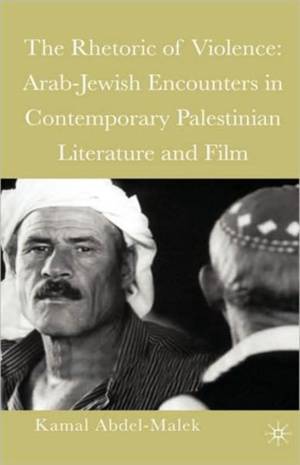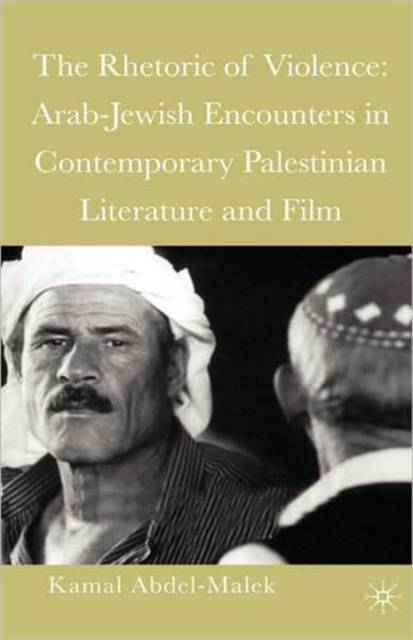
- Afhalen na 1 uur in een winkel met voorraad
- Gratis thuislevering in België vanaf € 30
- Ruim aanbod met 7 miljoen producten
- Afhalen na 1 uur in een winkel met voorraad
- Gratis thuislevering in België vanaf € 30
- Ruim aanbod met 7 miljoen producten
Zoeken
The Rhetoric of Violence
Arab-Jewish Encounters in Contemporary Palestinian Literature and Film
Kamal Abdel-Malek
Hardcover | Engels
€ 83,95
+ 167 punten
Omschrijving
Despite the urgent need to develop understandings of the Palestinian-Israeli conflict in the light of the current situation in the Middle East, the role of violence and reconciliation in Palestinian and Israeli literature and film has received only brief treatment. This book is intended to fill that void; that is to explore how Israelis and Palestinians view and depict themselves and each other in situations that lead to either violence or reconciliation, and the ways in which both parties define themselves in relation to one another. The book examines selected Palestinian and Israeli literary works and a small number of films and their tacit assumptions about Israeli Jews. It will attempt to look at, among other questions a) is violence perceived as a means of empowerment, b) is there connection between imaginary violence in literature and actual violence, and what is the nature of the association between creative writers and violence? (eg. popular writer Ghassan Kanafani who is also a spokesman for the violent PFLP).
Specificaties
Betrokkenen
- Auteur(s):
- Uitgeverij:
Inhoud
- Aantal bladzijden:
- 231
- Taal:
- Engels
Eigenschappen
- Productcode (EAN):
- 9781403964052
- Verschijningsdatum:
- 27/10/2006
- Uitvoering:
- Hardcover
- Formaat:
- Genaaid
- Afmetingen:
- 154 mm x 216 mm
- Gewicht:
- 403 g

Alleen bij Standaard Boekhandel
+ 167 punten op je klantenkaart van Standaard Boekhandel
Beoordelingen
We publiceren alleen reviews die voldoen aan de voorwaarden voor reviews. Bekijk onze voorwaarden voor reviews.








